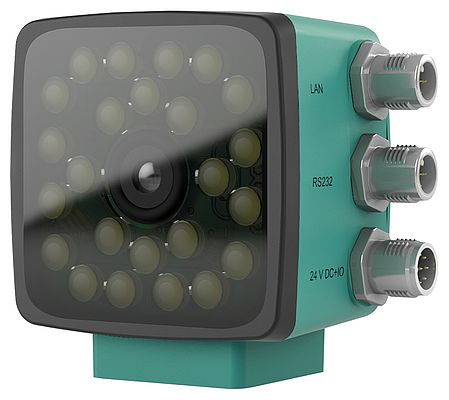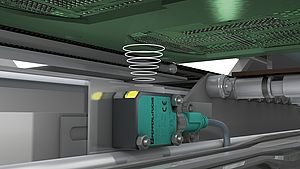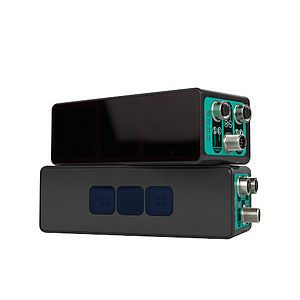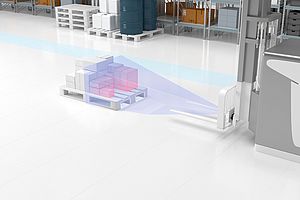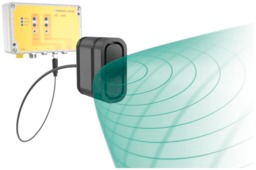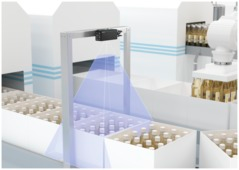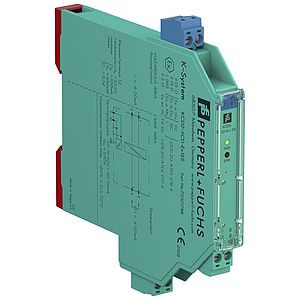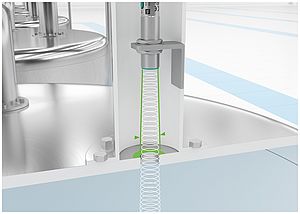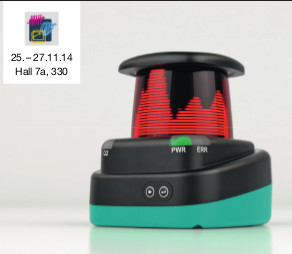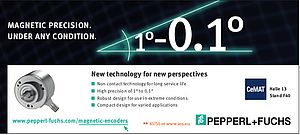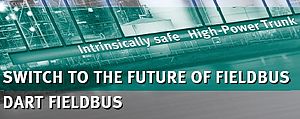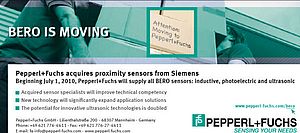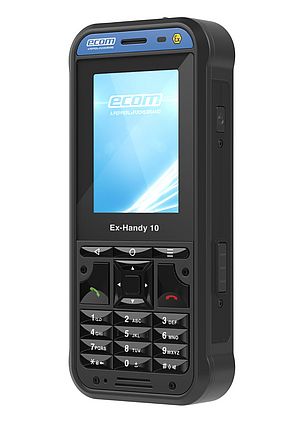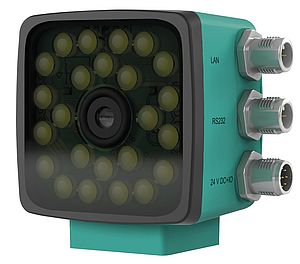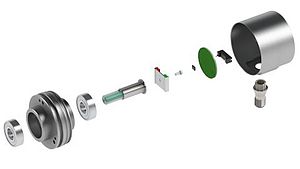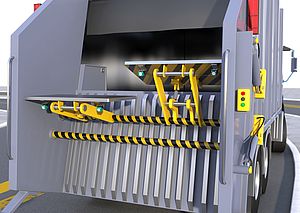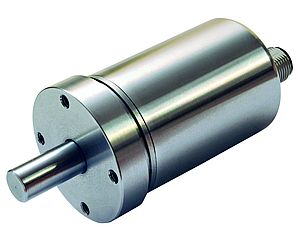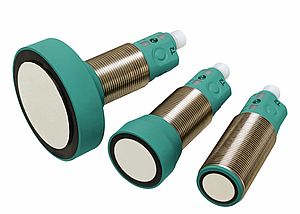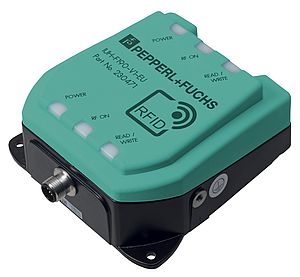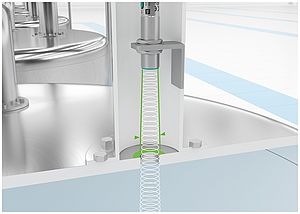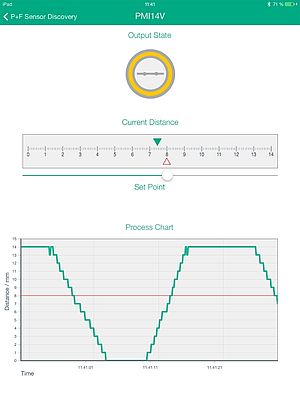Author: Tim Weis
Reliable and fast reading of the codes under a diverse range of conditions is one of the elementary processes in the handling of operating sequences. The specific requirements placed on the code reader can differ greatly from one situation to the next. In many applications, the aim is to achieve maximum throughput and read the code as quickly as possible. In other cases, the challenge may be to reliably detect the code on a difficult background, a reflective surface, metals, or under unfavorable lighting conditions. Sometimes, the code reader may need to support the triggers via path/time synchronization. For these reasons, code readers require capabilities in a range of different disciplines.
Vision Sensor with Countless Extras
To tackle this and other challenges, the OPC120 code reader from Pepperl+Fuchs is ideal. The device belongs to the new generation of vision sensors which, with their powerful control interface, are capable of completing numerous other tasks, in addition to decoding 1-D and 2-D codes. The vision sensor features an abundance of additional functions and useful detail solutions, which ensures that the user always has the correct tool at hand to tackle any challenge, be it small or large. Externally, the OPC120 is a compact device, yet it contains all the components of a complex vision system, consisting of CMOS camera, LED lighting, and embedded micro computer - while sparing the user the complexity and pitfalls of a large, discreetly designed vision system. The device is as easy to operate as a standard sensor, via the "Vision Configurator" software provided by the manufacturer, which allows the reader to be parameterized conveniently and quickly on the display.
"Turbo Operating Mode" for Fast Cycle Machines
To meet all requirements in the best way possible, the vision sensor is available in two versions. For standard applications with feed speeds of up to 6 m/s and 30 reads/s, the OPC120W is ideal, while for high-performance and fast cycle applications, the OPC120P is the device to use. The latter features a turbo operating mode, which, in addition to the standard resolution of the image sensor of 752 x 400 pixels, also supports a limited view. If the evaluation range is limited to a narrower window of 752 x 120 pixels, the OPC120P can handle up to 100 reads/s or feed speeds of 10 m/s. The high-performance version also features special polarization filter technology, which enables the device to read codes reliably, even on reflective surfaces, metals, under films, and generally under difficult lighting conditions. This combination of features means that the OPC120P provides high speed and reliability, even under difficult everyday industrial conditions.
Reliable Decoding: Filter Functions Correct Faults
In many branches of industry, such as mechanical engineering, the automotive industry, or electronics manufacturing, DPM (Direct Part Marking) codes are widespread. These are mostly 2-D codes, where the code pattern is not on typical white labels or packaging, but instead applied by needle marker or laser engraving directly onto the metal, plastic, or glass background. These robust and long-lasting codes are, however, more difficult to read, especially when they take the format of very small, fine needle codes. Or there may be significant differences between the dark and light modules, as the individual pixel areas are called in specialist language. This effect occurs regularly with printed codes too, if the ink supply is about to run out. The OPC120 is equipped to fight against this kind of issue and similar challenges with its module enlargement system, an intelligent filter function that detects symptoms like this and corrects them before the decoding process starts. For applications where very small codes need to be read continuously, Pepperl+Fuchs recommends the code reader type OPC70, which reliably copes with module sizes of up to 0.15 mm.
Flexible and Easy to Connect
Straight-line integration into the automation environment, including adaptation to application-specific requirements, plays an important role in the code reader "total package". For instance, codes on packages or items are not always in the same place, so sometimes the application requires a defined offset to be taken into consideration. In addition to standard interface options for RS232, Ethernet TCP/IP, and Profinet, the OPC120 provides digital IO ports, which can be used flexibly for different purposes. This means that, with the help of a rotary encoder, path/time synchronization can be easily implemented for the trigger. Because the code reader always waits for 100 rotary encoder cycles, for example, it always records the relevant codes at the right moment, irrespective of the belt speed.
The OPC120 comes with numerous other useful features, such as presence detection for changing features, logo detection for static symbols, code quality output, and much more. It reads all commonly used 1-D and 2-D codes, including DataMatrix, Code128 (A, B, C), Code39, EAN13, EAN128, INT 2 of 5, Pharmacode, etc.


